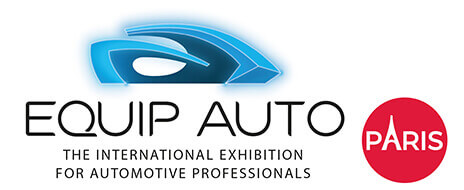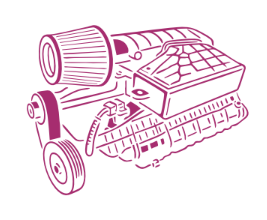(R)EVOLUTION - Supercharger – Modernised supercharging
Supercharger – Modernised supercharging
The idea of supercharging an internal combustion engine is not new. As early as 1885, German engineer Gottlieb Daimler filed a patent for a device designed to compress the air entering the cylinder in order to improve combustion. A few years later, in 1902, Louis Renault was already experimenting with its use in motor racing, seeking to extract more power from engines that were still modest in displacement. The principle is clear: by forcing more air into the engine, more intense combustion is achieved and therefore increased power, without increasing the size of the block.
After decades of research and sporadic applications, supercharging experienced a real revival in the 1980s and 1990s. At a time when manufacturers were seeking to offer spectacular performance while controlling displacement and fuel consumption constraints, the supercharger once again became an asset of choice. Unlike the turbocharger, which uses exhaust gas energy, the mechanical compressor is driven directly by the engine, providing immediate response without latency. This responsiveness makes it particularly popular in sports and high-end models.
Prestigious brands such as Mercedes-Benz, Jaguar and Chevrolet incorporate it into some of their iconic models, reinforcing their image of performance and dynamism. For some enthusiasts, the characteristic whistling sound of the supercharger has even become a distinctive signature sound, associated with raw power and sportiness.
Over time, supercharging has diversified. While the turbocharger has become the most widely used solution for optimising the efficiency of combustion engines, the supercharger — another name for the mechanical compressor — continues to appeal due to its simplicity of use and immediate response. In some cases, the two technologies are even combined within the same engine, taking advantage of the respective benefits of each: the turbo for energy efficiency and the compressor for responsiveness.
Today, supercharging remains a symbol of controlled performance. It illustrates the creativity of engineers who, for more than a century, have sought to push the limits of power without necessarily increasing the size or weight of engines. In competition and on the road, it reflects a constant quest: to offer drivers ever more efficient, dynamic and exciting engines.



